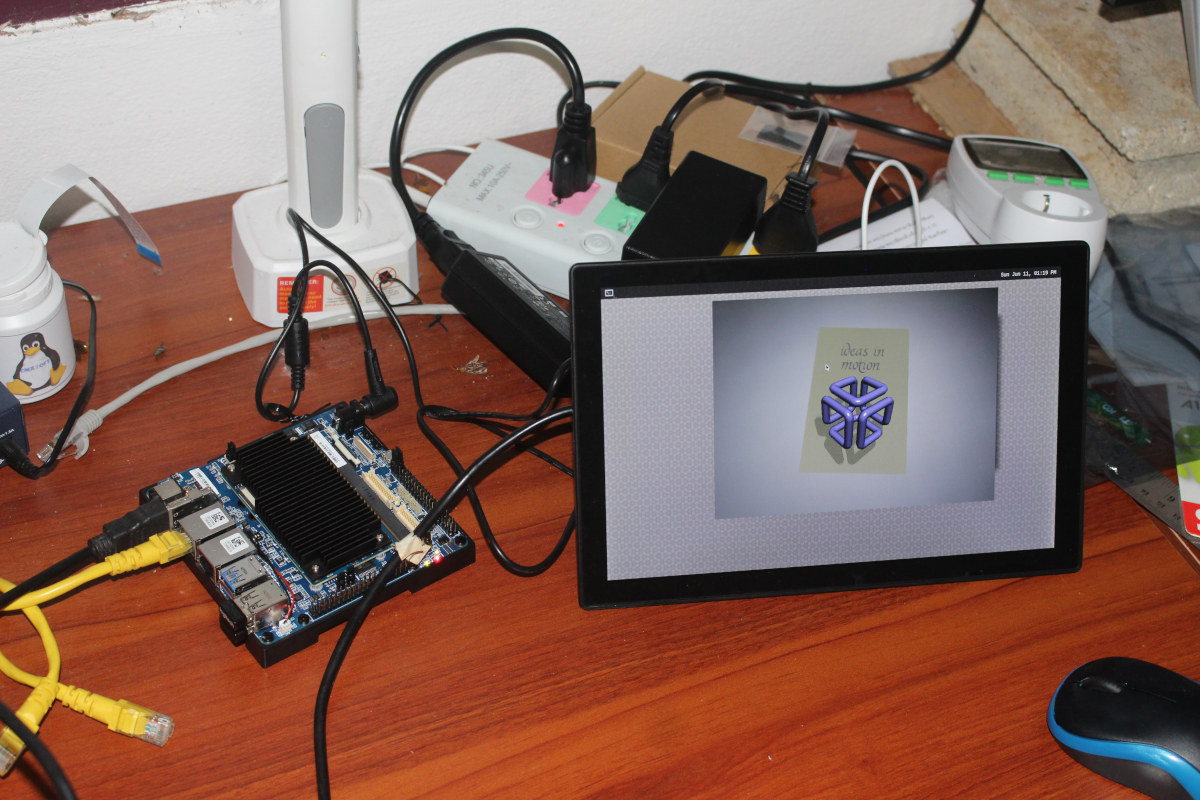I finally found the MediaTek SoC I was trying to remember:Add ARM variants to those tests. I would love to see the performance per watt battles at the low end to give some perspective of where we are with the two architectures.

MediaTek unveils Genio 1200 premium AIoT processor with 4.8 TOPS NPU - CNX Software
MediaTek has introduced the Genio platform for AIoT devices, and unveiled the first chip of the Genio family with the Genio 1200 Octa-core Cortex-A78/A55
 www.cnx-software.com
www.cnx-software.com
Here's a review of a board using it:

i-Pi SMARC 1200 (MediaTek Genio 1200) devkit tested with a Yocto Linux image - CNX Software
Review/preview of the i-Pi SMARC 1200 development board powered by a MediaTek Genio 1200 Cortex-A78/A55 SoC with Yocto Linux.
 www.cnx-software.com
www.cnx-software.com
It's pricey, because it's a development kit and the actual SoC is on a daughter card. The first RK3588 board I saw was also like that. I fully expect to see more cost-effective options. Maybe not Orange Pi 5 cheap, but hopefully not far off.
Using just one metric, CoreMark, it's 39.8% faster than the RK3588. Then again, the same metric puts it in the ballpark of a i7-2600. So, that's not terribly promising. But, if MediaTek is right that the absolute maximum power draw is only 8 W, it still could be a strong alternative to something like the N100.
Last edited:







